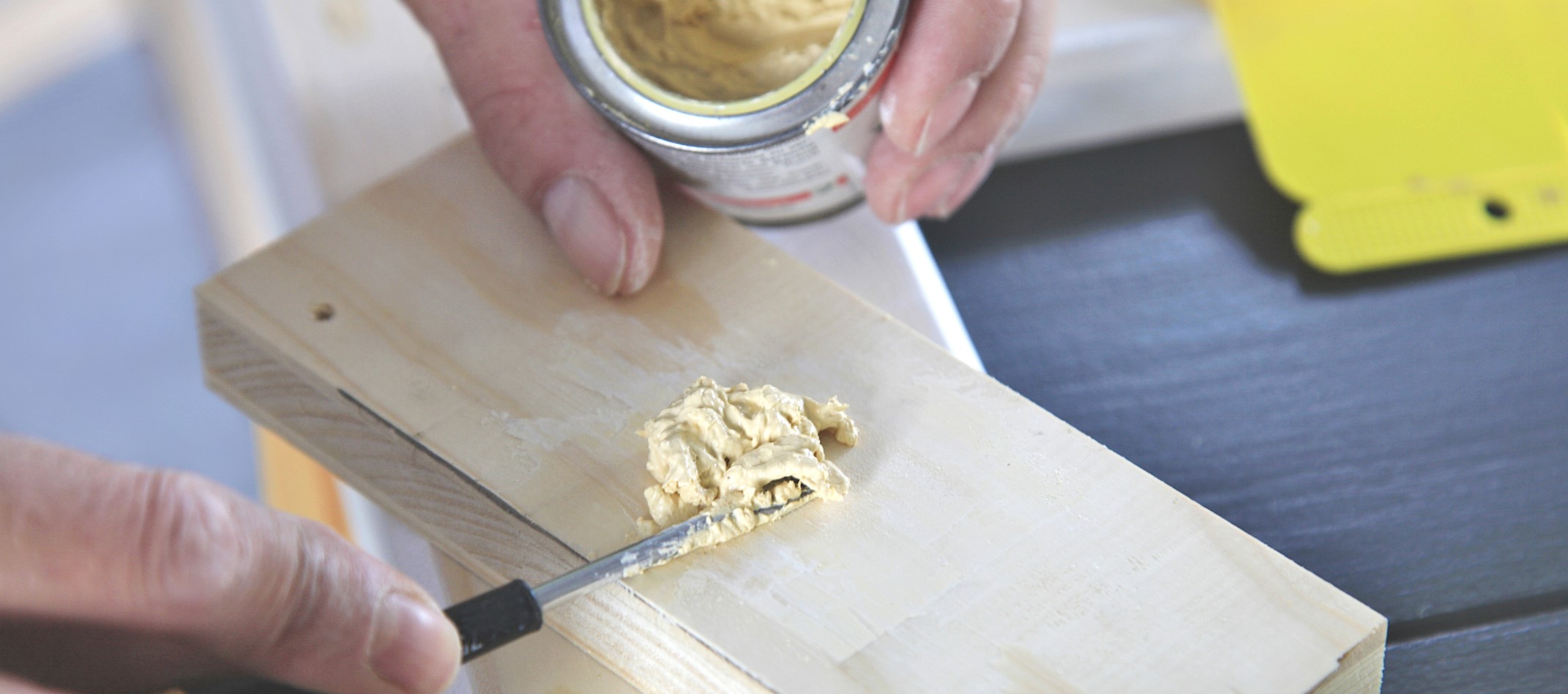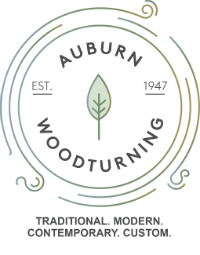Important information for the protection and longevity of your outdoor timbers.
To ensure full protection from harsh Australian elements, painting of all external products including LOSP treated products should be carried out following these instructions. Please also refer to the Osmose LOSP product warranty.
After manufacture, all standard range period home products are treated to a level of LOSP H3 to help protect the product from rain, drought, and variations in temperature. The PROTIM LOSP treatment system is a tried and trusted method of preserving external timber against fungal decay and insect attack when used in above ground applications.
Initial correct preparation and application of surface coatings, followed by a simple, regular maintenance regime, means your outdoor PROTIM treated timber will last and look good for a lifetime.
Before handling and installing an LOSP product, please refer to the PROTIM™ H3 product brochure and material safety data sheet provided by the manufacturer.
Care and Painting Instructions
The provided painting instructions are clear and comprehensive for painting timber products for external use. Here's a step-by-step summary of the recommended painting process:
1. Protect from Sun and Moisture
Keep the timber product protected from exposure to sunlight and moisture until the paint is applied.
2. Surface Preparation
Fill and sand any cracks, splits, or penetrations like screw or nail holes with wood filler designed for external use.
Ensure the surface is clean, dry, and free from moisture, dirt, or dust.
3. Primer Application
Use an *alkyd primer (made from synthetic resins that are modified versions of oil-based resins)
Apply two coats of an exterior Alkyd (oil-based) primer to the timber product.
Ensure that all joins, cut surfaces, and even the underside are fully coated with the primer.
Each coat of primer should be applied thinly and allowed to dry completely before applying the next coat.
4. Top Coat Application
Apply two to three coats of exterior acrylic/water-based or oil-based top coats paint as the topcoat.
Ensure that all joins, cut surfaces, and every part of the timber product are completely covered with each application of the topcoat.
5. Test the Top Coat
Before applying a full coat all over, test the top coat on a small area to ensure it meets your expectations in terms of colour and finish.
6. Paint All Sides
Paint all sides of the timber product before installation, including any exposed end grain after cutting.
Please consult your local paint and hardware supplier to choose the appropriate products for your specific timber project. Additionally, make sure to follow any safety precautions and guidelines provided on the product labels for the paint and primer you select.
Maintenance
The provided maintenance instructions are important for ensuring the longevity and appearance of your painted timber product. Here's a summary of the recommended maintenance steps:
1. Annual Inspection
Annually, carefully inspect all surfaces and joints of the painted timber product for any signs of:
- Cracks
- Splits
- Openings
2. Prompt Repair
If you find any cracks, splits, or openings during your inspection, take immediate action.
Seal and paint the affected areas following the same process as described in the painting instructions provided earlier to prevent moisture from entering.
3. Repainting as Necessary
If you've had to make repairs, ensure that the newly sealed and painted areas match the existing paint finish to maintain a uniform appearance.
*Alkyd primers are made from alkyd resins, which are synthetic resins that are modified versions of oil-based resins. They are often referred to as "oil-based" as well, but they are distinct from traditional oil-based paints. Alkyd primers are typically water-reducible and offer good adhesion and sealing properties.
Acrylic and alkyd paints are chemically compatible when it comes to layering. Alkyd paints dry through a process of oxidation, and once fully cured, they create a stable and relatively inert surface.
By following these annual inspection and maintenance guidelines, you can help protect your timber product from moisture damage and other potential issues, ensuring it remains in good condition over time.
